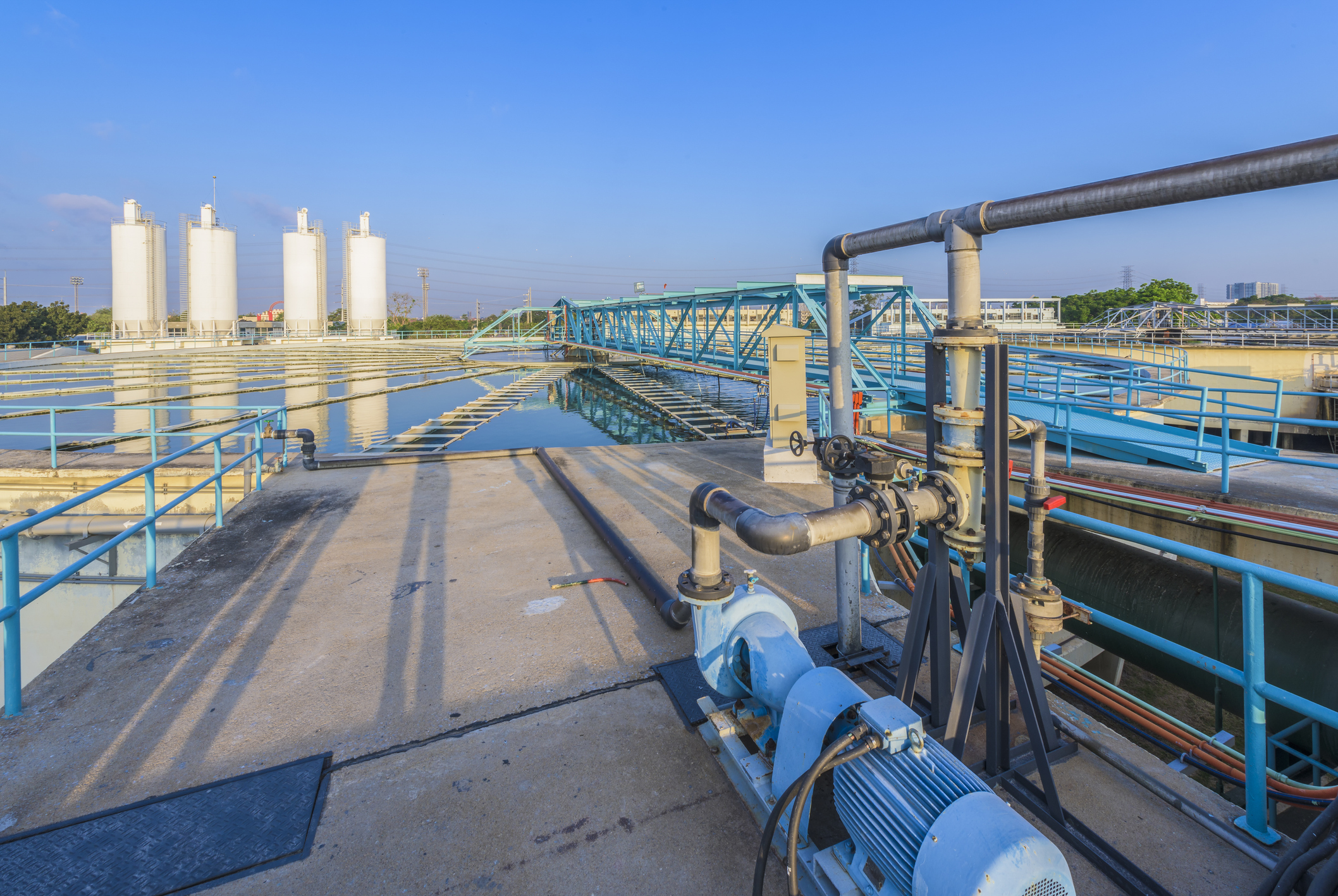In December 2020, the U.S. Environmental Protection Agency (EPA) released final revisions to the Lead and Copper Rule, providing the first major update to the rule in 30 years. The rule establishes a new threshold of 10 parts per billion, that when exceeded, requires more and rapid implementation of corrosion control treatment to reduce lead in drinking water. Additionally, the rule requires local governments and water systems to create a public inventory of lead service lines, creates new notification requirements for utilities of lead testing results and require community water systems to test for lead in drinking water in elementary schools and childcare facilities that they serve. Cities under 10,000 in population have a different set of requirements. The rule was published in the Federal Register on Jan. 15. EPA recently extended the effective date of the rule until June 17 while the agency undertakes a regulatory review and stakeholder engagement process.
The National League of Cities has proudly partnered with the Lead Service Line Replacement Collaborative (LSLRC) to help municipal leaders identify opportunities to reduce exposure to lead in drinking water, replace lead service lines, and better understand recently released revisions to the U.S. Environmental Protection Agency (EPA)’s Lead and Copper Rule.
Beginning February through May 2021, NLC and LSLRC will host a series of three tele-town halls for local officials to dig deeper into the rule requirements, share best practices among peers, learn about funding and financing opportunities for lead service line replacement, ask questions of experts and obtain other critical information necessary to set your city on the path toward compliance.
Related Resources
- CitiesSpeak Blog Post: What Cities Need to Know About the EPA Lead and Copper Rule
- EPA Lead and Copper Rule Revisions
Webinar Recordings
- From the Event: What Small Cities Need to Know about EPA’s New Lead and Copper Rule (Feb 2021)
- From the Event: The Lead and Copper Rule: What Cities Need to Know (2021 Congressional City Conference)
- From the Event: Understanding EPA’s Lead and Copper Rule and Financing Opportunities Tele-town Hall (May 2021)
